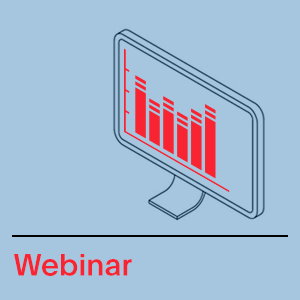What is IT Monitoring?
The efficacy of detecting and proactively preventing downtime often hinges on how far your visibility expands across your IT environment and how up to date your analysis data may be. To help meet these requirements, you will most likely need a monitoring system.
You can generally define IT monitoring systems as the applied science deployed to analyze IT operations, as well as the corresponding system’s performance, which includes providing metrics for hardware devices such as servers, networking, and software (operating systems, applications, etc.).
The range of benefits you’ll see from your monitoring system will depend on how it’s being used.
How to use monitoring systems to improve your company
IT monitoring can occur continuously or run at periodic intervals, such as daily, weekly, or monthly. This monitoring offers a measurement of how well your company’s devices or solutions are achieving their intended goals, as defined by the business.
The data gathered by a monitoring system can provide actionable insights for more informed decision-making. This information could include which company devices are instrumental in meeting KPIs or call out those with diminishing business value.
Such metrics can help reduce operational expenses and boost productivity by highlighting the way business processes and workflows can be streamlined.
Some benefits of monitoring systems
Every second of downtime is detrimental to your business. An IT monitoring system that provides the critical data responders need for high-priority incidents can mean the difference between irreparable damage to your reputation and growing your team’s business value.
Some monitoring system benefits include:
- Proactively staying ahead of issues that cause downtime
- Identifying security issues before a breach occurs
- Detailed SLA reporting for stakeholders
- Advocating for equipment upgrade expenditures with detailed metrics
- Helping promote your IT responder team as a partner to the business
These are just a few of the benefits your organization will see if you know what to look for in a monitoring system.
What to look for in monitoring software
There’s another big benefit to having an effective IT monitoring system: It can expose hidden costs that increase your year-over-year operating expenses. When searching for the right solution to best fit your needs, consider the following:
- Real-time analysis: As we mentioned, seconds count. Having up-to-date information continuously provided to your team can help minimize incident impact.
- Triaged alerts: When something does go wrong, you want the right people to receive the information they need as quickly as possible. Monitoring software with triaged alerts helps ensure this happens. It can also significantly reduce alert fatigue, sparing your responders of having to deal with constant fire drills.
- Rich visualization: IT environments are broad and complex. Data analysis presented in easy-to-read visualizations such as graphs and charts can reduce this complexity and simplify reporting for stakeholders.
- Integrations: Check to make sure your monitoring system supports integrations out of the box with your current solutions. Not only can this help your team since they’re already familiar with your current tools, but it can avoid some unnecessary costs of replacing what you have, too.
PagerDuty includes out-of-the-box integrations for 350+ solutions. Additionally, you’ll get real-time visibility into your critical apps and services—all in one place so your responders have a complete view of your data and operations.
Sound interesting? Sign up for PagerDuty with a 14-day free trial. No credit card is required. Get started today!
Additional
Resources
Webinar
Zen Your Life with Event Intelligence
Webinar
You’ve Built It and Run It, Now Delegate It


